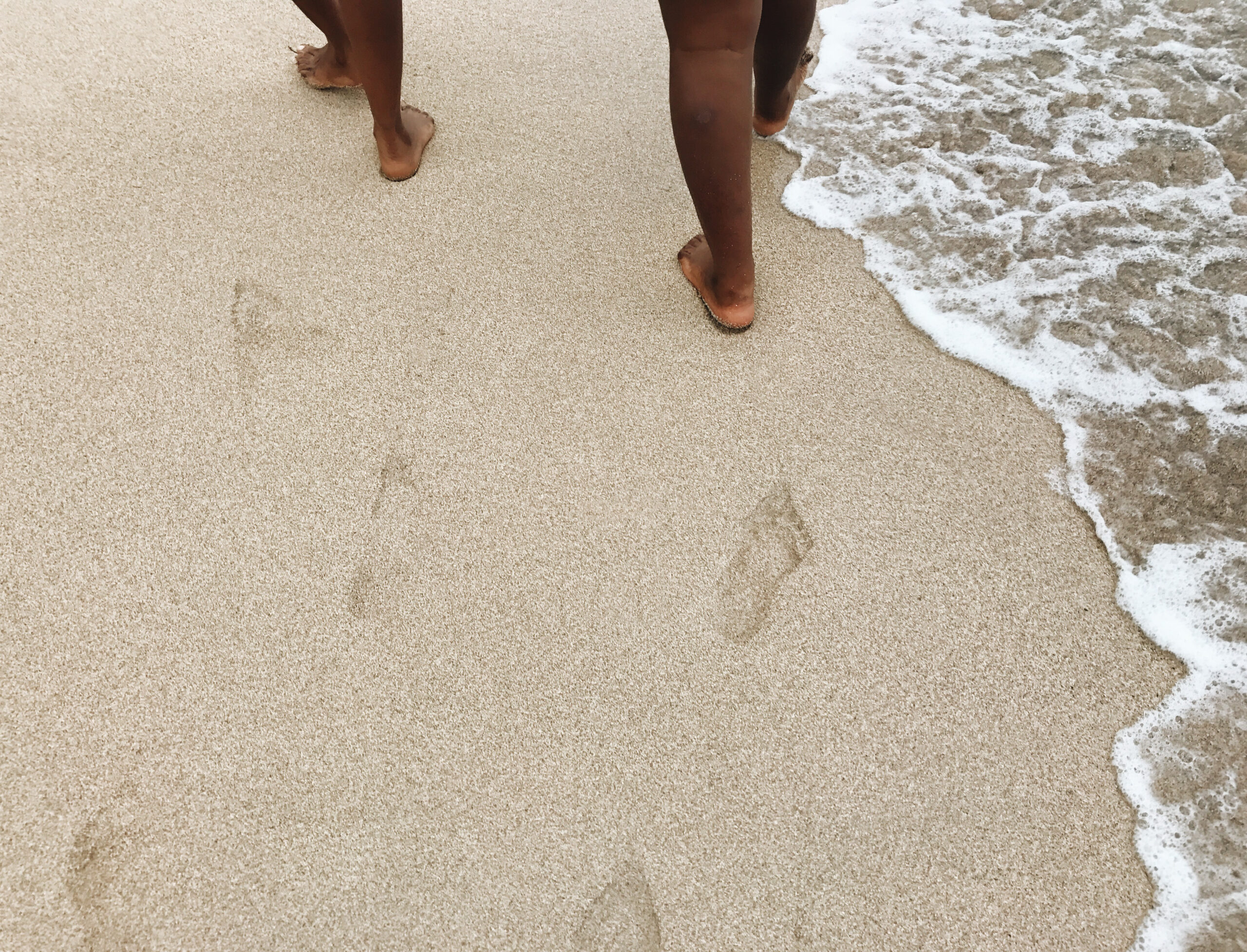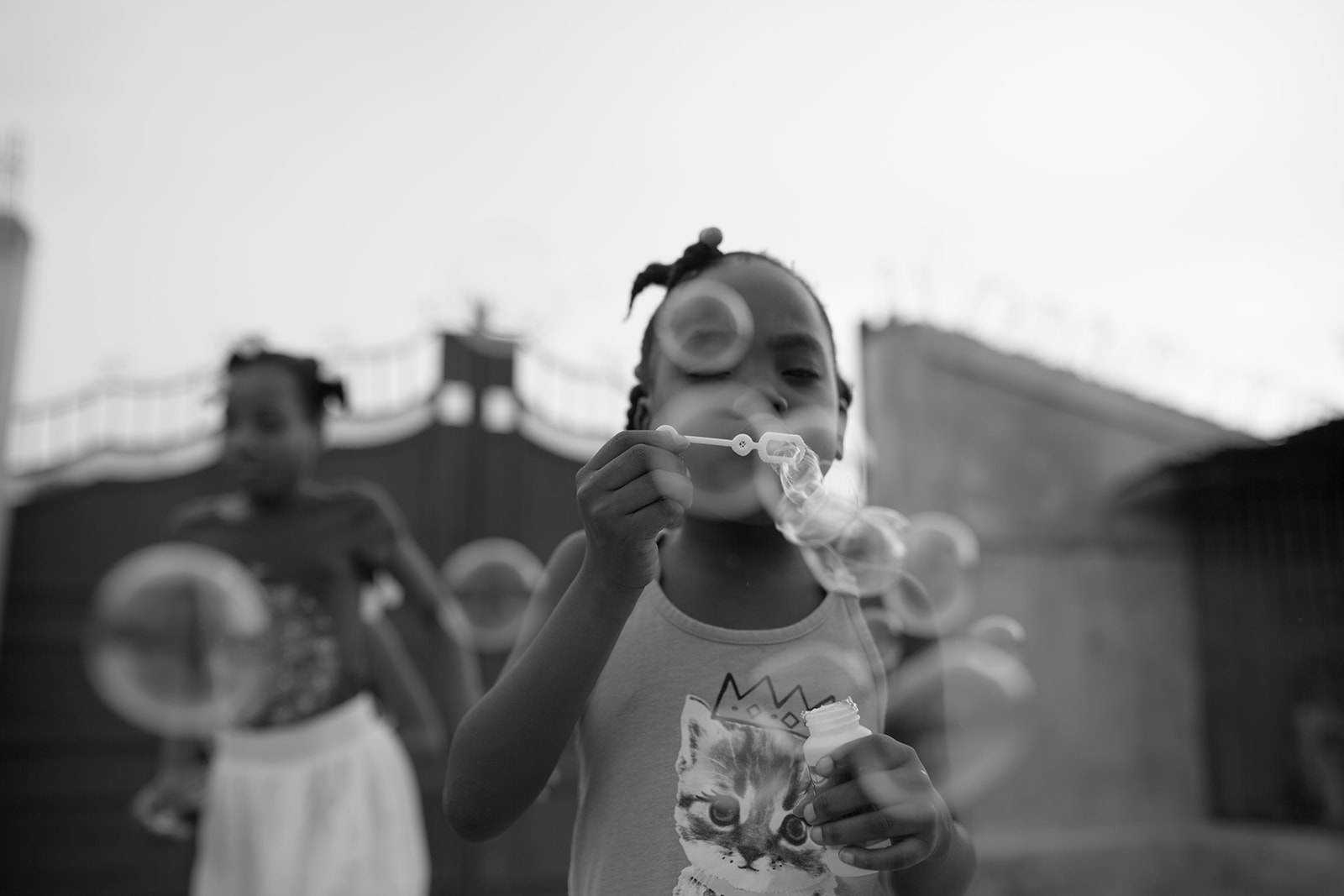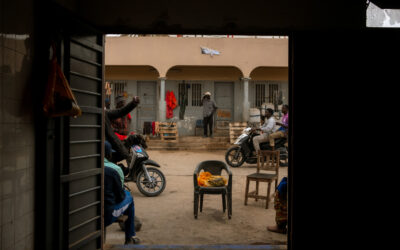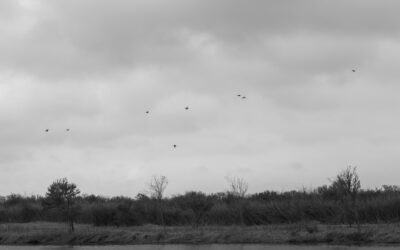In the Field: 4 Ethical Photo Practices

Years ago, when I first traveled to Haiti, the iPhone had just made its initial release into the world, Facebook was still a networking tool for college kids, and T9 texting was the standard for telecommunication. Only about 25% of Haitians had cell phones at the time, and if they did, their devices rivaled my own — small, pocket-sized flip phones, some of which even donned an extendable antenna (you know, just in case you hit a dead zone).
I have watched an incredible technological shift unfold in Haiti. News seems to circulate faster there than it does in the US. From the 2010 earthquake to a cholera outbreak, Hurricane Matthew to political instability, it is evident the media’s influence on this small nation over the past decade plus has had a paramount effect on its image which will likely continue to wreak havoc on an already weak infrastructure.
Breaking stories make good headlines. Good headlines make money. And thus the cycle continues, even if it means exploiting the world’s most vulnerable populations.
Whether you’re a professional photographer or not, almost everyone has access to a smartphone, devices which are now equipped with hi-tech cameras and immediate access to the internet. So how can we leverage photography and digital storytelling in a way that’s both ethical and true? How can we work together to prohibit the usage of exploitative and degrading photographs while still sharing stories well?
Here are few key practices I have gathered based on my own experience as an international photographer:
1. Cultural Awareness & Understanding
If you’ve traveled abroad on a service trip or simply for leisure, your most tangible evidence of your voyage typically lies in the pictures you’ve taken while abroad. You’ve probably returned and displayed your photos in some way, shape, or form as proof that you actually went — maybe you updated your social media profile or you posted a collage on Instagram for your friends to enjoy; or maybe you documented the experience in real time with features like IG stories or TikTok. You might have even printed a few photos out to hang on your fridge or frame in your home but most likely, you haven’t and you won’t. Whether time or technology expires the photos first, those images will someday be lost in the digital abyss. But the thing about the internet is that pictures (and the faces in them) never disappear, not entirely at least.
I once posted a photo on Facebook in the summer of 2012 and it still makes me cringe to this day. I was spending a few months in Haiti, volunteering with the local organization I would eventually move to work alongside. One afternoon, we found ourselves in a rural community tucked back behind the main road, about 25 miles north of Port-au-Prince. I can’t even specifically recall what we were doing there at the time because from my understanding, the organization didn’t have a long-term commitment with this particular region. But regardless, I had to commemorate the experience with a picture, right?
Around my waist, one frail girl wrapped her thin arms. She wore tattered clothing and dust left its tracks on her ebony skin. In my own arms, I held another small child. She wore no diaper and was visibly malnourished. But there I was between them, dressed in clean clothing, a bright pink bandana tied my hair back from my face as a smile swept from cheek to cheek.
“Never underestimate the value of a hug.” I captioned the image on Facebook.
I’ve debated deleting the post entirely. But every now and then I’ll look at it and I’ll remember that young, naïve girl who thought she could save Haitian children with her hugs. Oh, how ignorant I was then. If anything else, it now serves as a token of humility, a blunt reminder that I lacked both cultural understanding and awareness in that moment. Had I taken a step back to consider the situation, I might have recognized that Haiti had been under the global microscope, exploited for decades by foreign and national journalists. Now, I choose to pause before I click the shutter. Is it my right to take it?
The foreign places we visit and the people we meet shouldn’t simply serve as content for our personal social platforms or for profitable gain. Each time we take a picture, we do just that — we take. So next time you travel on an assignment or for pleasure, ask yourself why you’re taking the photo. Is it for your own gratification and accolade or does it serve a greater purpose?
2. Consent
If we demand consent for ourselves then why wouldn’t we uphold and honor those same standards for others, particularly in scenarios where there is a barrier of language and culture?
I see it happen over and over again: Western foreigners traveling to countries they’ve never been to, whipping out their cameras and snap away — shutter happy, if you will. In my experience in Haiti, I’ve seen groups of white people riding in open-air trucks, their arms hanging outside of the protective side rails, gripping their phones in their hands, taking pictures of all the newness on their commute. Sometimes, it even happens within the personal space of one’s home. A group of people will visit a family in a community and start taking pictures before they even stop to learn the names of the very people they’re visiting.
Think of it this way: if you were out grocery shopping and someone rounded the aisle and started taking pictures of you on his or her iPhone without your permission, how would you react? You’d probably feel confused, then uncomfortable, and then entirely violated.
If you can’t speak the same language, there are many other ways to communicate. Considering up to 93% of communication is non-verbal, I can almost guarantee you that person will understand and will either give you consent with a nod ‘yes,’ or will decline your request.
If you’re a professional hired on an assignment, confirm with the representing organization or nonprofit that the subjects have agreed to be photographed. The subject must know how and where their images will be used.
I simply try to put myself in the other person’s shoes. I don’t like to have my photo taken when I don’t look and feel my best. So why do we feel we have the right to do this to other people when we are traveling to other countries?
3. Compensation
A few years ago, after I had transitioned back to living in the States, I returned to Haiti with a group of Americans for a week-long trip. While there, we visited a handful of organizations and nonprofits throughout the country. Someone suggested we gather a group of foreign photographers to bring back to the country to volunteer our photography services to these organizations. Internally, I shook my head. It’s an honest thought but an ignorant mindset. While there is certainly a time and place for giving back, the creative industry isn’t it. When we choose to offer our services for free, especially as foreigners, we are degrading and devaluing the local creative community. Why would an organization hire a national photographer if a foreigner is willing to do the same job without compensation?
You wouldn’t walk into a shop and expect someone to give you one of their goods or products for free. So why should the creative industry be any different, especially when there is a conflicting power dynamic at hand?
I see it happen outside of the photography community as well. Social businesses will use locals to model products without compensating them for their time. Isn’t the model just as valuable as the one creating the image? Sometimes, it just comes down to educating the client. It’s an opportunity to advocate for the entire creative industry as a whole. Any professional deserves to be compensated for his or her time, experience, and expertise.
It’s not only important but it’s also imperative we set and foster these expectations. We have a responsibility to do so. And if a client, business, or organization isn’t willing to pay you for your work, then I suggest moving forward with someone who will.
4. Community
Last and perhaps most importantly, connect with local creatives. Collaborate with local photographers. When I moved to Haiti, I didn’t even know how to operate a camera. But with the help of some gracious and talented Haitian photographers, I began to learn and refine my own skill set. I even photographed my first wedding with a locally renowned photographer and his team.
It is easy for us, as foreigners, to assume our way is not only the best way, but the only way. But what if we opened our minds to a world outside of our own? A crucial component of working in foreign countries and cultures is to establish trust with the experts who are already on the ground. We must remember community always trumps competition.
Leverage the connections you’ve already established to meet other people. Or search through hashtags on Instagram to begin building those key relationships. There is an incredible global network of creatives. It simply requires effort and an open mind to begin.
Journal
By The Sea: Fishing, Family, and Survival in Oakam
At dusk, the coastline of Ouakam, the second largest fishing port in the city of Dakar, hums with the rhythm of the industry—wooden pirogues pulling up to shore, fishermen...
Discovery Without Expectation
At the turn of each calendar, I reflect on my work from the year prior, often through a lens of critique beneath the guise of ambition. In January, however, inspired by a...
How Freely They Flew
Since the earthquake in 2010, Haitians began migrating to Chile and Brazil in search of employment. But with the onset of the pandemic in March 2020, it became increasingly...
Contact
Get in touch
Looking to work together? Fill out the form below in as much detail as you can provide.
Please allow for a 48-hour window of response.




